15 Facts About Ecuador’s Vermilion Flycatcher
The male vermilion flycatcher is a tiny bright red bird. He is a real attention grabber! The first one we saw was in the Galapagos Islands on Isabela Island. We have also seen them in the Yunguilla Valley, just south of Cuenca, Ecuador.
(Read more about living in Ecuador)
15 Facts About The Vermilion Flycatcher (Pyrocephalus Rubinus)
- Can be found in the southwestern United States, Mexico, Central, and South America
- The adult males are blackish-brown with a bright red head, neck, and underside
- Their color fades in captivity
- The adult females are light grey with a peach-colored belly
- They grow to about six inches in length
- The young male resembles the adult female
- The young females have a yellow-colored belly
- Their nests are made of twigs and lined with hair/feathers
- They lay two to four whitish eggs
- The male and female share in raising the young
- The eggs hatch in about two weeks
- The young leave the nest after only 15 days
- They eat insects like grasshoppers, flies, dragonflies and beetles which they usually catch in midair
- They sometimes sing “peet-a-weet-a-weet, peet-peet“
- Are normally found in arid areas with low-lying bushes, near a water source
The Male and Female Vermilion Flycatcher
The male stands out so much more than the female!
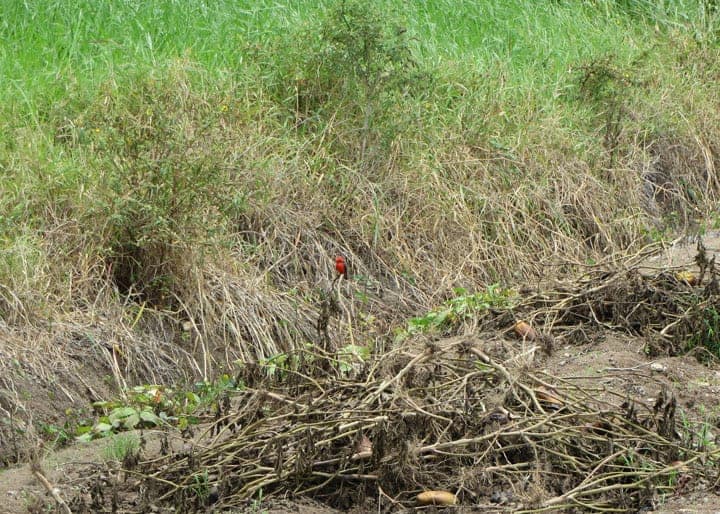
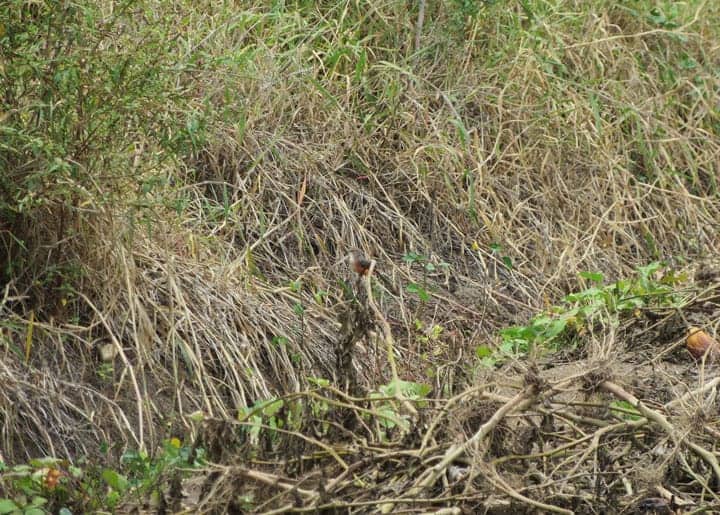
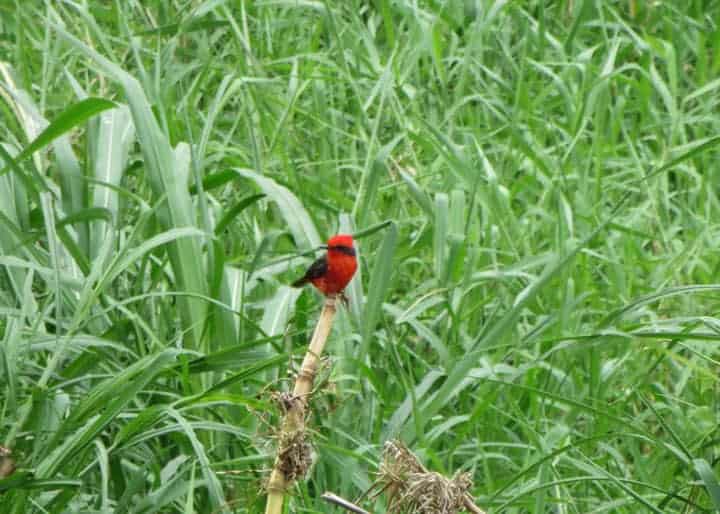
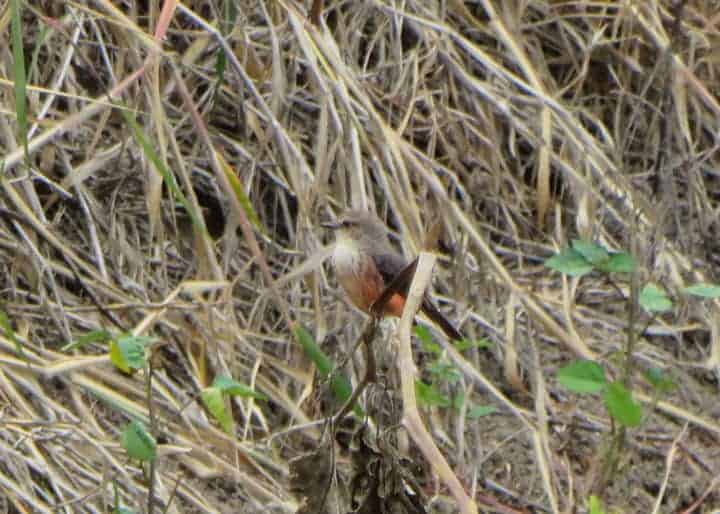
Have you seen vermilion flycatchers? Where did you see them? We would love to hear all about it in the comments on this post.

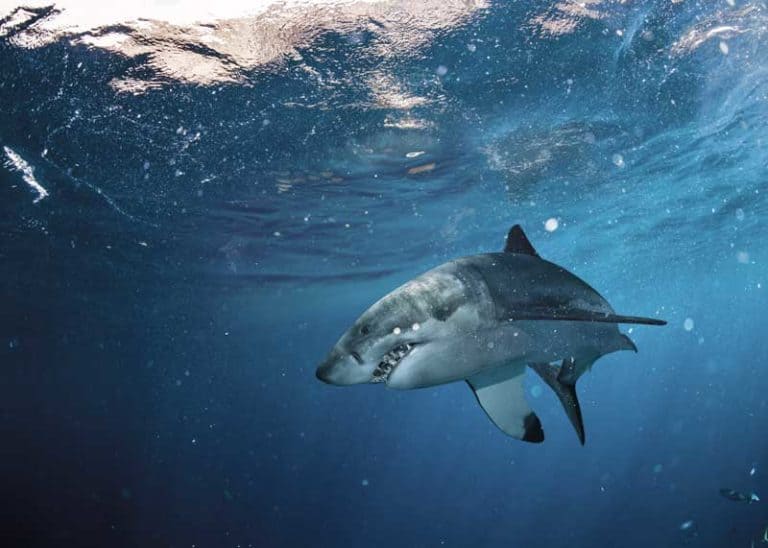

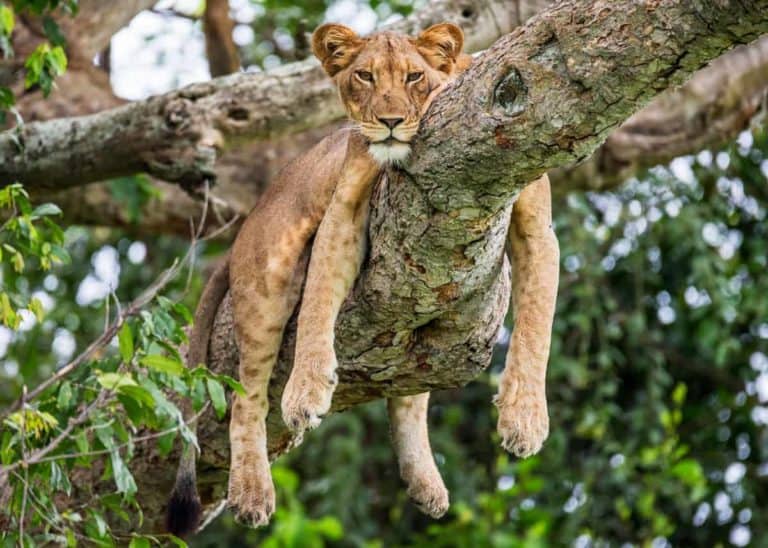
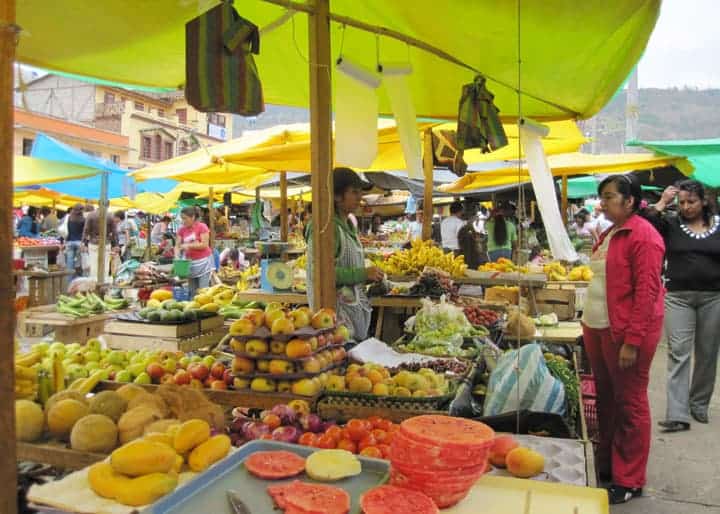
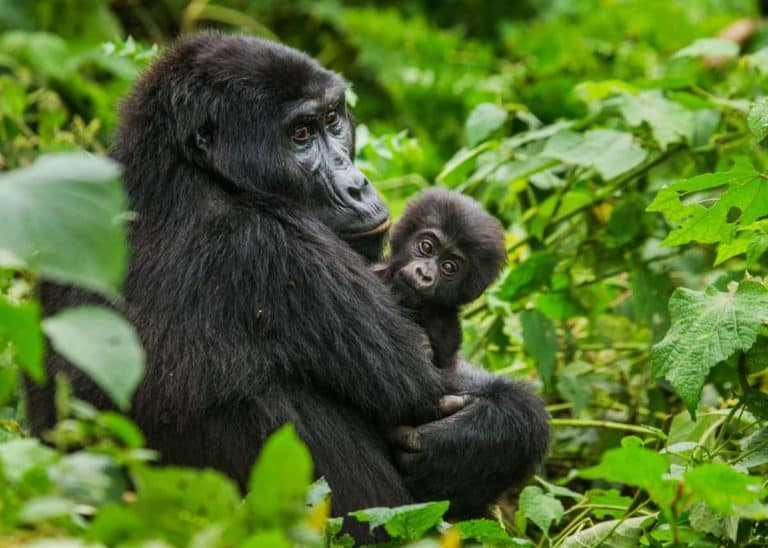
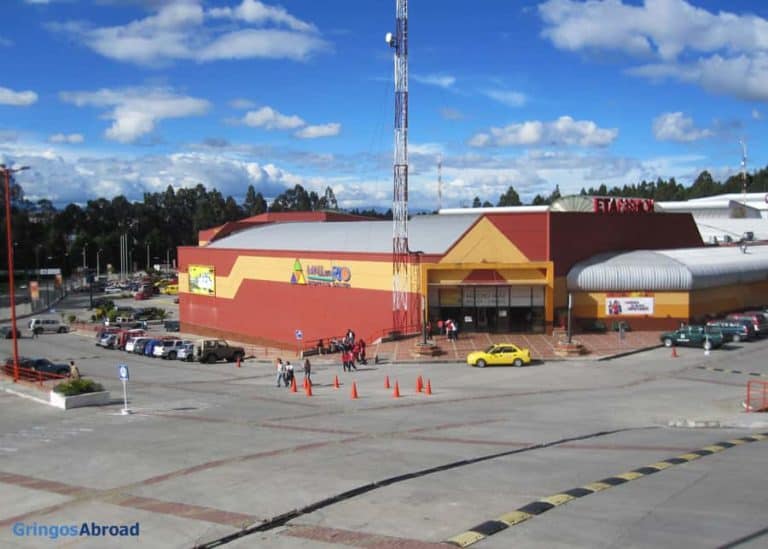
I live on the west side of the Yungilla Valley just south of Santa Isabel, EC. I see these beautiful birds here off and on. I think the locals call them Tamisians.
Thanks Dave – I love that area. I think Yunguilla is my favorite part of Ecuador – we lived in Santa Isabel for 3 years. Enjoy!
Ecuadorian here.
I work at a private school in the Ambato’s outskirts.
I often see this bird around the parking lot and near the soccer fields.
I could snap a picture one day and started my research.
It turns out this little fella loves open spaces, that probably why it’s not seen in the city
Watching this little red friend always makes my day.
I live in Los Angeles in the San Fernando Valley. , I’ve been taking pictures, of the same male vermilion flycatcher for almost a year , it seems odd that he is the only one in this area , it seems his chances of finding a mate are slim, anyway , I’m just wondering why , it’s still here, after all this time ?
My friends and I saw two male vermillion flycatchers on October 3, 2019 about 11 am at the Middle of the World Monument. I have pics to document. Will try to send.
I live in Tucson. I saw the little red bird a few months ago….now he lives in my backyard in Tucson. I saw him feeding his mate…a grey-er bird, same size, without the red…We named him Ephron. He is such a delight. He likes to perch atop a plant hanger and flits and flys about me when I am watering.
@Pamela Anderson, I love this!
We think we saw one here in Cotacachi last week. Is that possible?
We live in Cumbaya near Quito. My wife spotted the Vermillion Flycatcher in front of our home on the electric line. I did not know it was Vermillion Flycatcher until I read your article as I do not know much about many birds. I took some pictures with my phone and it was not clear. We saw Vermillion Flycatcher in Vilcabamba too where we use to live before. Thanks for the insight of these tiny birds. What a delightful creation of a Loving God.
We live at about 6500 ft elevation between Ibarra and Urcuqui in a farming district. Our climate is fairly dry here relative to much of Ecuador. We have an abundance of Vermillion flycatchers all around here. It is one of our most common species in the area, other than Cattle egrets and Rufous collared sparrows.
Loved the article and pics, keep em’ coming.
When we lived in Olon, near Montanita, there was a pair of these that lived near our house. He was always on the power lines, singing away – a wonderful daily sight! You took some awesome pictures. We found them to be camera shy!
The first time we saw these amazingly bright red coloured little fellows was just below our property in Mollepamba, just outside Vilcabamba a few years back. We would walk into town and near the dairy farm on some bushes was this bright red bird. We were told that if you saw this little fellow facing you, you would have good luck, but if he had his back to you, well apparently this was not good. Ah, the legends.
We were fortunate to see a Vermillion Flycatcher while on a hike to the Sierra Negra caldera also on Isabela Island in the Galapagos Islands about four weeks ago. Our guide was so excited to see one he quickly pulled his camera out and began snapping photos. He told us they are an uncommon sighting and seeing one is thought to bring luck.